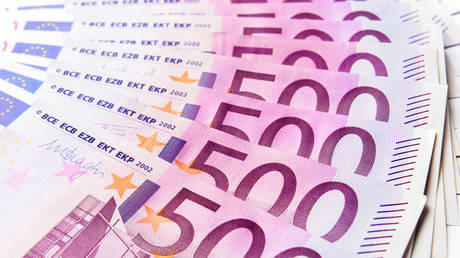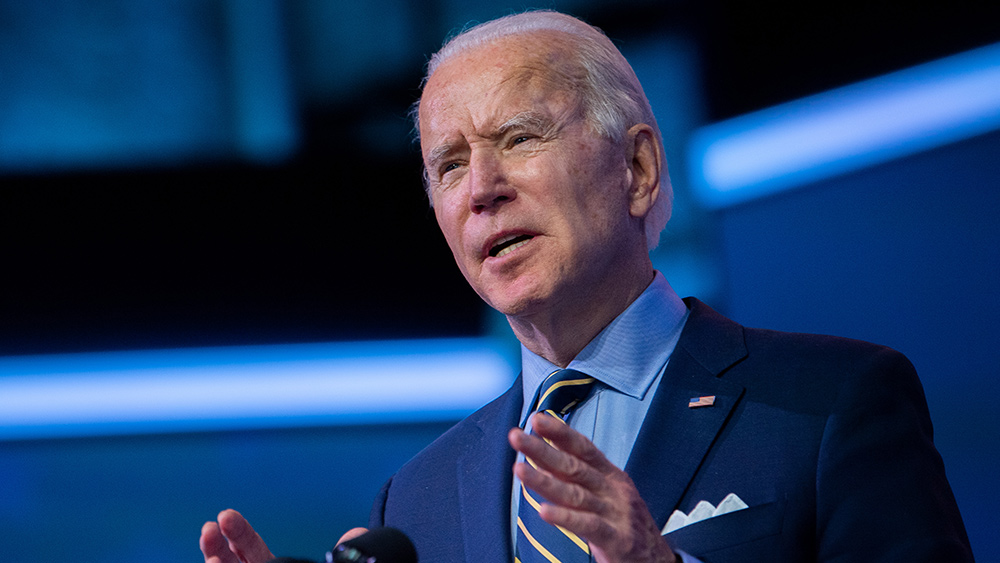The G20 Beyond the Public Agenda
by Jim Rickards, DailyReckoning:
 Since its beginning in 1999, the G20 had been a mere finance ministers’ meeting. But when the Panic of 2008 hit, President George W. Bush and President Nicolas Sarkozy of France were instrumental in changing the G20 to the leaders’ meeting it is today.
Since its beginning in 1999, the G20 had been a mere finance ministers’ meeting. But when the Panic of 2008 hit, President George W. Bush and President Nicolas Sarkozy of France were instrumental in changing the G20 to the leaders’ meeting it is today.
The Panic of 2008 was one of the greatest financial catastrophes in history. In the aftermath of the Lehman Brothers collapse in September 2008, attention turned to a previously scheduled G20 meeting of finance ministers in November.
At the time, the G7 was the leading forum for economic coordination, but China was not in the G7 and its help would be needed to bail out the global economy.
Once China was included, the door was open to other large emerging markets economies, such as India and Brazil. The guest list was expanded and the G20 leaders’ summit was born.
Leaders at the November 2008 G20 meeting in Washington DC agreed that China was in the best position to pull the world out of the financial crisis, if the Chinese consumer could be mobilized to increase global aggregate demand.
China’s GDP composition was in some ways the mirror image of the United States. Consumption was only 38 percent of the Chinese economy, compared to the towering 70 percent level of the United States.
However, this rebalancing would come entirely at China’s expense. China would have to make all of the adjustments with regard to their currency, their social safety net and twenty-five hundred years of Confucian culture, while the United States would do nothing and reap the benefits of increased net exports to a fast-growing internal Chinese market.
This was the beginning of a globalist outlook for the G20, because the group wanted the U.S. economy to rebound.
The next G20 summit was in London in April 2009. The first two G20 summits, in Washington and London, were devoted to an immediate response to the Panic of 2008 and the need to create new liquidity sources through the IMF.
Those summits were also preoccupied with plans to rein in the banks and their greed-based compensation structures, which provided grotesque rewards for short-term gains but caused the long-term destruction of trillions of dollars of global wealth.
The third G20 summit was held in Pittsburgh in September 2009. By then leaders felt that while vulnerabilities remained, enough global financial stability had returned that they could look past the immediate crisis and begin to think about ways to get the global economy moving again.
That’s when the idea for increased U.S. exports and the associated revaluation of the yuan came the fore. The Pittsburgh G20 leaders’ summit produced a breakthrough plan for the kind of rebalancing of growth that the U.S. wanted.
The International Monetary Fund, or IMF, was deputized by the G20 to act as a kind of “cop on the beat” to ensure that G20 members lived up to any related obligations.
The G20’s use of the IMF as an outsourced secretariat, research department, statistical agency and policy referee suited both organizations extremely well. It gave the G20 access to enormous expertise without its having to create and build an expert staff on its own.
For the IMF, it was like a reprieve. As late as 2006, many international monetary experts seriously questioned the purpose and continued existence of the IMF.
With the elimination of gold, the rise of floating exchange rates, and the piling up of huge surpluses by developing countries, the IMF entered the twenty-first century with no discernable mission.
Suddenly the G20 breathed new life into the IMF by positioning it as a kind of Bank of the G20 or world central bank.
The IMF did conduct extensive reviews of the practices of each country under the heading “mutual assessment,” and continued allegiance to the framework was paid in the G20 communiqués, but the ambitious goals of rebalancing were essentially ignored, especially by China.
Inside the G20 structure, China and the United States were engaged in a global game of chicken. China was sticking to its export model and the United States was trying to inflate away China’s export cost advantage.
The G20 was supposed to provide a forum to coordinate global economic policies, but it was starting to look more like a playground with two bullies daring everyone else to choose sides.
In February 2011, the G20 ministers and governors met in Paris and agreed in principle on what factors might be included as “indicators,” but they did not yet agree on exactly what level of each indicator might be tolerated, or not, within the indicative guidelines.
That quantification process was left for a subsequent meeting in April and the entire process was left up to the final approval of the G20 leaders themselves at the annual meeting, in Cannes in November 2011.
Meanwhile, the empowerment of the IMF as the watchdog of the G20 continued. In a March 2011 conference in Nanjing, China, attended by experts and economists, G20 president Nicolas Sarkozy said, with regard to balance of payments, “Greater supervision by the IMF appears indispensable.”
The IMF was capable of good technical analysis and was useful as a referee of whatever policies the G20 could agree on. But IMF governance was heavily weighted to the old trilateral model of North America, Japan and Western Europe.
Its influence was resented in the emerging markets powerhouses such as China, India, Brazil and Indonesia. The IMF was useful, but needed to conform to new global realities.
In late 2008 and early 2009, the G20 was able to coordinate policy effectively because the members were united by fear. The collapse of capital markets, world trade, industrial output and employment had been so catastrophic as to force a consensus on bailouts, stimulus and new forms of regulation on banks.
By 2011, it appeared the storm had passed and the G20 members were back to their individual agendas — continued large surpluses for China and Germany and continued efforts by the United States to undermine the dollar to reverse those surpluses and help U.S. exports.
The G20 summit meetings are a blend of a common agenda discussed by all the member nations, and a series of private bilateral and multilateral meetings on the sidelines.
The private agendas are more interesting and ultimately more important than the common agenda. In effect, leaders consider G20 meetings a rare opportunity to do business on a face-to-face basis with multiple peers without the hype and expectations that come with pre-planned bilateral summits.
The IMF at G20
The IMF Managing Director, Christine Lagarde, is a prominent attendee at G20 summits. Her role is delicate. On the one hand, the U.S. is still the largest contributor to IMF resources and has the largest voting percentage of any member.
On the other hand, the IMF increasingly relies on China for new financing and last year added the Chinese yuan to the special drawing rights, or SDR.
Lagarde will try to adopt a friendly posture toward all of the G20 members, but there is little doubt that her sympathies lie with Europe and China rather than Russia or the U.S.
This is because Europe and China are still firmly committed to the globalist agenda of free trade and the Paris climate change agreement, whereas Russia and the U.S. are pursuing more nationalist agendas and the U.S. has recently withdrawn from the Paris agreement.



